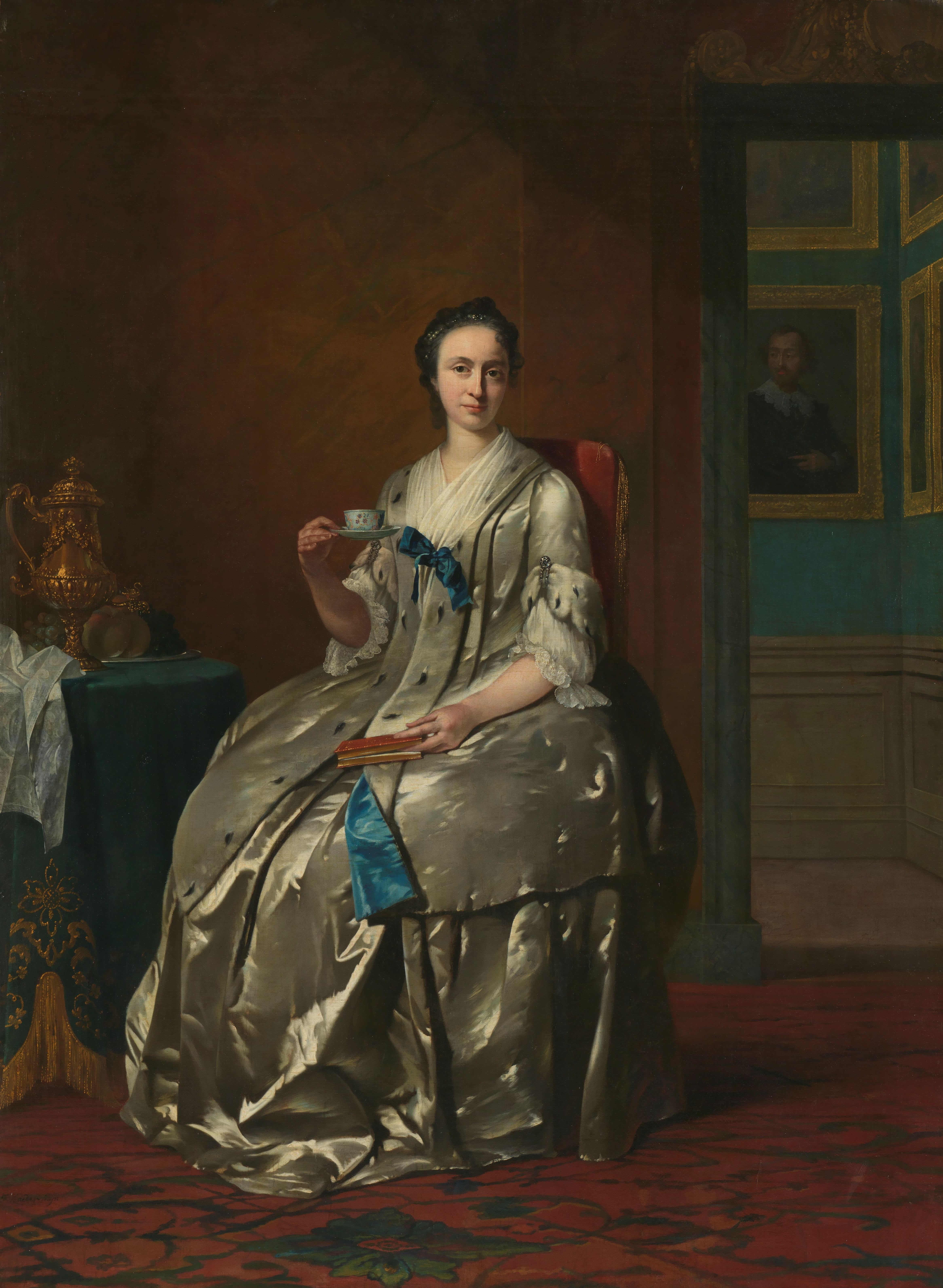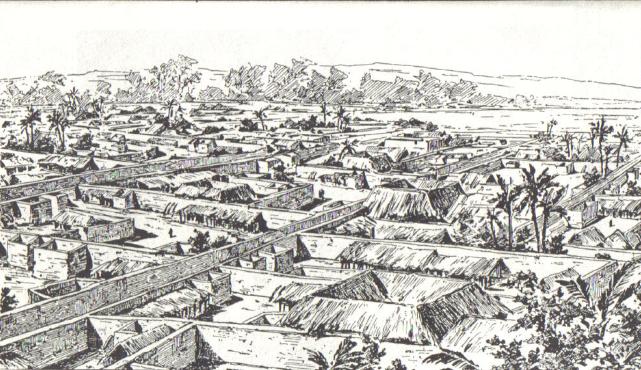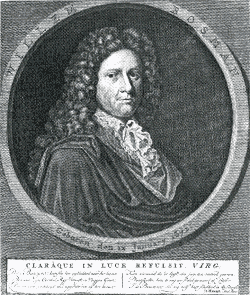|
Dutch Slave Coast
The Dutch Slave Coast (Dutch: ''Slavenkust'') refers to the trading posts of the Dutch West India Company on the Slave Coast, which lie in contemporary Ghana, Benin, Togo, and Nigeria. The primary purpose of the trading post was to supply slaves for the Dutch colonies in the Americas. Dutch involvement on the Slave Coast started with the establishment of a trading post in Offra in 1660. Later, trade shifted to Ouidah, where the English and French also had a trading post. Political unrest caused the Dutch to abandon their trading post at Ouidah in 1725, now moving to Jaquim, at which place they built Fort Zeelandia. By 1760, the Dutch had abandoned their last trading post in the region. The Slave Coast was settled from the Dutch Gold Coast, on which the Dutch were based in Elmina. During its existence, the Slave Coast held a close relationship to that colony. History According to various sources, the Dutch West India Company began sending servants regularly to the Ajaland ... [...More Info...] [...Related Items...] OR: [Wikipedia] [Google] [Baidu] |
Elmina
Elmina, also known as Edina by the local Fante people, Fante, is a town and the capital of the Komenda/Edina/Eguafo/Abirem Municipal District, Komenda/Edina/Eguafo/Abirem District on the south coast of Ghana in the Central Region, Ghana, Central Region, situated on a bay on the Atlantic Ocean, west of Cape Coast. Elmina was the first European settlement in West Africa and it has a population of 33,576 people. History Prior to the arrival of the Portuguese, the town was called Anomansah ("perpetual" or "inexhaustible drink") from its position on the peninsula between the Benya lagoon and the sea. In 1478 (during the War of the Castilian Succession), a Castilian armada of 35 caravels and a Portuguese fleet fought a large battle of Guinea, naval battle near Elmina for the control of the Guinea trade (gold, slaves, ivory and Aframomum melegueta, melegueta pepper), the Battle of Guinea. The war ended with a Portuguese naval victory, followed by the official recognition by the Cath ... [...More Info...] [...Related Items...] OR: [Wikipedia] [Google] [Baidu] |
Jan Pranger
Jan Pranger ( – 13 April 1773) was a Dutch merchant, slave trader and colonial administrator who served as the Director-General of the Dutch Gold Coast from 1730 to 1734. A portrait of him along with an enslaved servant by Dutch artist Frans van der Mijn in on display at the Rijksmuseum in Amsterdam. Early life Jan Pranger was born in Amsterdam to Jan Pranger Sr., a Dutch wine merchant, and his wife Johanna van Eden. The family belonged to the middle class of the Dutch Republic. In 1720, Pranger was employed by the Dutch West India Company as an assistant to the Dutch merchants operating out of Elmina, one of the lowest administrative ranks available on the Dutch Gold Coast. He soon rose in prominence in the Gold Coast, and in 1724 was appointed the head of Fort Crèvecœur in Accra, an office which came with the rank of head merchant (Dutch: ''oppercommies'') and an accession to the Colonial Council in Elmina. Director-General of the Dutch Gold Coast When the D ... [...More Info...] [...Related Items...] OR: [Wikipedia] [Google] [Baidu] |
Jacob Van Den Broucke
Jacob (; ; ar, يَعْقُوب, Yaʿqūb; gr, Ἰακώβ, Iakṓb), later given the name Israel, is regarded as a patriarch of the Israelites and is an important figure in Abrahamic religions, such as Judaism, Christianity, and Islam. Jacob first appears in the Book of Genesis, where he is described as the son of Isaac and Rebecca, and the grandson of Abraham, Sarah, and Bethuel. According to the biblical account, he was the second-born of Isaac's children, the elder being Jacob's fraternal twin brother, Esau. Jacob is said to have bought Esau's birthright and, with his mother's help, deceived his aging father to bless him instead of Esau. Later in the narrative, following a severe drought in his homeland of Canaan, Jacob and his descendants, with the help of his son Joseph (who had become a confidant of the pharaoh), moved to Egypt where Jacob died at the age of 147. He is supposed to have been buried in the Cave of Machpelah. Jacob had twelve sons through four women, his ... [...More Info...] [...Related Items...] OR: [Wikipedia] [Google] [Baidu] |
David Van Nyendael
David van Nyendael, also van Nijendael (1667 – 20 October 1702), was a Dutch merchant and diplomat in the service of the Dutch West India Company, and stationed at the Dutch Gold Coast. Biography David van Nyendael was born in Golkonda, India, to Jan van Nyendael, a Dutch East India Company employee in Dutch Coromandel, and Barbara de Wit, who, despite her Dutch name, was a local Indian woman. Jan van Nyendael had joined the Dutch East India Company as an apprentice sailor, but managed to climb the ranks to become chief of the Golkonda factory, probably helped by his talent for languages—aside from his native Dutch, he spoke Portuguese, Persian, Hindi, and a local language. Barbara died on 6 July 1677, and Jan died on 28 November 1682, making David van Nyendael an orphan at age 15. After the death of his father, David van Nyendael left for the Dutch Republic, where he was received by his family, probably his uncle Gosvinus van Nyendael. Some time at the end of the sev ... [...More Info...] [...Related Items...] OR: [Wikipedia] [Google] [Baidu] |
Benin Empire
The Kingdom of Benin, also known as the Edo Kingdom, or the Benin Empire ( Bini: '''') was a kingdom within what is now southern Nigeria. It has no historical relation to the modern republic of Benin, which was known as Dahomey from the 17th century until 1975. The Kingdom of Benin's capital was Edo, now known as Benin City in Edo State, Nigeria. The Benin Kingdom was "one of the oldest and most developed states in the coastal hinterland of West Africa". It grew out of the previous Edo Kingdom of Igodomigodo around the 11th century AD, and lasted until it was annexed by the British Empire in 1897. Oral traditions The original people and founders of the Benin Kingdom, the Edo people, were initially ruled by the Ogiso (Kings of the Sky) who called their land Igodomigodo. The first Ogiso (Ogiso Igodo), wielded much influence and gained popularity as a good ruler. He died after a long reign and was succeeded by Ere, his eldest son. In the 12th century, a great palace intrigue e ... [...More Info...] [...Related Items...] OR: [Wikipedia] [Google] [Baidu] |
Aja People
Aja or AJA may refer to: Acronyms *AJ Auxerre, a French football club *Ajaccio Napoleon Bonaparte Airport's IATA airport code *Al Jazeera America, an American news channel *American Jewish Archives *''American Journal of Archaeology'' *, a German organization of non-profit youth exchange groups *The Association of Japanese Animations *Australian Journalists Association, part of the Media, Entertainment and Arts Alliance Anthropology *Aja people, a people living in Benin ** Aja language (Niger–Congo), the language of the Aja people, part of the Gbe dialect continuum * Aja people (South Sudan), an ethnic group living in South Sudan **Aja language (Nilo-Saharan), a language spoken in Sudan Gods * Aja (Hindu mythology), a prince of the Ikshvaku dynasty * Aja (orisha), a Yoruba spirit * Aja, another name of the Hindu god Shiva Music * ''Aja'' (album), a 1977 Steely Dan album ** "Aja" (song), the title track of that album *'' Aja!'', a 2015 Maija Vilkkumaa album People * Aja (na ... [...More Info...] [...Related Items...] OR: [Wikipedia] [Google] [Baidu] |
Savi
Savi is a town in Benin that was the capital of the Kingdom of Whydah prior to its capture by the forces of Dahomey in 1727. An account of the city was given by Robert Norris in 1789: There were British, French, Dutch and Portuguese factories A factory, manufacturing plant or a production plant is an industrial facility, often a complex consisting of several buildings filled with machinery, where workers manufacture items or operate machines which process each item into another. T ... in the city, adjacent to the Royal Palace. They were essentially involved in the slave trade. References * Norris, Robert (1789), ''Memoirs of the reign of Bossa Ahádee'' London: Printed for W. Lowndes. * Ross, David. "Robert Norris, Agaja, and the Dahomean Conquest of Allada and Whydah" in ''History in Africa'', 16 (1989), 311–324. * Harms, Robert. ''The Diligent: A Journey through the Worlds of the Slave Trade''. New York: Basic Books, 2002. p. 155-156. Populated places in ... [...More Info...] [...Related Items...] OR: [Wikipedia] [Google] [Baidu] |
Grand-Popo
Grand-Popo is a town, arrondissement, and commune in the Mono Department of south-western Benin. The commune covers an area of 289 square kilometres and as at the 2013 Census had a population of 57,636 people. The term "Grand-Popo" is a European exonym for the ancient town and kingdom of "Hulagan" (Great Hula). The Hula/Xwla/Phla people that once dominated the Togo-Benin coast traditionally regarded Great Hula as their ancestral town of common origin. It is unclear why Europeans began calling it Popo rather than Hula. It may come from a generic Yoruba term "popo" for peoples to their "west", which was subsequently borrowed by the Portuguese to refer to the Hula/Phla specifically. An alternative theory connects the "Popo" term to an ancient ruler called Kpokpo of Tado (an Aja town in the interior), which the Europeans may have confused with Hulagan. The town grew around the slave trade, but coastal erosion has now destroyed most of the old town.Butler, Stuart (2019) ''Bra ... [...More Info...] [...Related Items...] OR: [Wikipedia] [Google] [Baidu] |
Benin City
Benin City is the capital and largest city of Edo State, Edo State, Nigeria. It is the fourth-largest city in Nigeria according to the 2006 census, after Lagos, Kano (city), Kano, and Ibadan, with a population estimate of about 3,500,000 as of 2022. It is situated approximately north of the Benin River and by road east of Lagos. Benin City is the centre of Nigeria's rubber industry, and Palm oil, oil production is also a significant industry. The city was the most important settlement of the Edo people, Edo Kingdom of Benin, which flourished during the 13th to the 19th century. It held important trade relations with Kingdom of Portugal, Portugal during the last centuries before being captured, sacked and burnt in 1897 by a British Benin Expedition of 1897, punitive expedition. Many Art of the Kingdom of Benin, bronze sculptures in Royal Palace of the Oba of Benin, Benin City palace, collectively termed the Benin Bronzes, were taken by the British who followed up their victory ... [...More Info...] [...Related Items...] OR: [Wikipedia] [Google] [Baidu] |
Willem Bosman
Willem Bosman (12 January 1672 – after 1703) was a merchant in the service of the Dutch West India Company, spending most of his time in the Dutch Gold Coast. Bosman was born in Utrecht. Although he sailed to the Gold Coast as an apprentice when he was only 16 years of age, he managed to climb the ranks and eventually became head merchant (Dutch: ''opperkoopman''). In 1702 he sailed back to the Dutch Republic, and little is known of his later life. Bosman is best known for his description of the Gold Coast titled ''Nauwkeurige beschrijving van de Guinese Goud- Tand- en Slavekust'' (An accurate description of the Guinean gold-tooth and Slave Coast) published in 1704. This document remained the most authoritative description of the area for more than a century and provided significant detail of the Komenda Wars in which Bosman took part. He described in detail the functioning of the slave trade and commented of Fida that "markets of men are here kept in the same manner as thos ... [...More Info...] [...Related Items...] OR: [Wikipedia] [Google] [Baidu] |
Dutch Brazil
Dutch Brazil ( nl, Nederlands-Brazilië), also known as New Holland ( nl, Nieuw-Holland), was a colony of the Dutch Republic in the northeastern portion of modern-day Brazil, controlled from 1630 to 1654 during Dutch colonization of the Americas. The main cities of the colony were the capital Mauritsstad (today part of Recife), Frederikstadt ( João Pessoa), Nieuw Amsterdam (Natal), Saint Louis ( São Luís), São Cristóvão, Fort Schoonenborch ( Fortaleza), Sirinhaém, and Olinda. From 1630 onward, the Dutch Republic conquered almost half of Brazil's settled European area at the time, with its capital in Recife. The Dutch West India Company (GWC) set up its headquarters in Recife. The governor, John Maurice of Nassau, invited artists and scientists to the colony to help promote Brazil and increase immigration. However, the tide turned against the Dutch when the Portuguese won a significant victory at the Second Battle of Guararapes in 1649. On 26 January 1654, the Dutch surren ... [...More Info...] [...Related Items...] OR: [Wikipedia] [Google] [Baidu] |






.jpg)